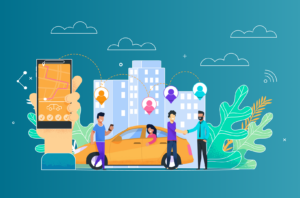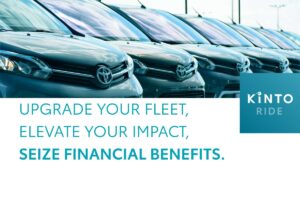Why Music Festivals Need to Be More Sustainable?
July 1, 2024
Why Music Festivals Need toBe More Sustainable? Music festivals are a time of celebration, camaraderie, and unforgettable memories. However, they also leave a lasting mark on the planet. Significant carbon emi...
Read More »










